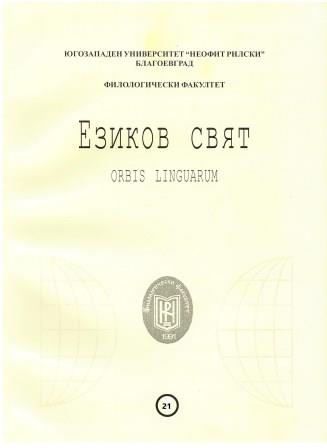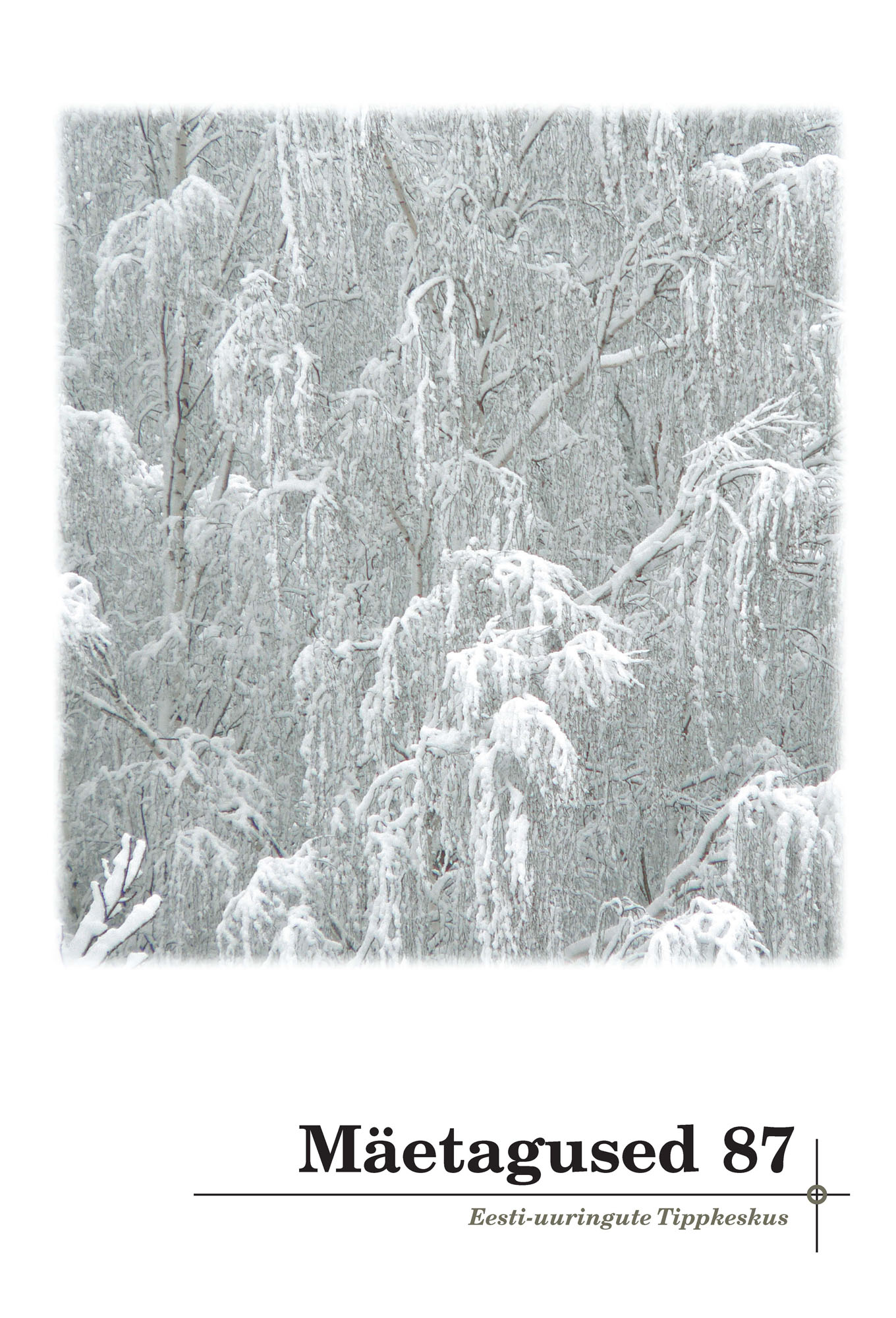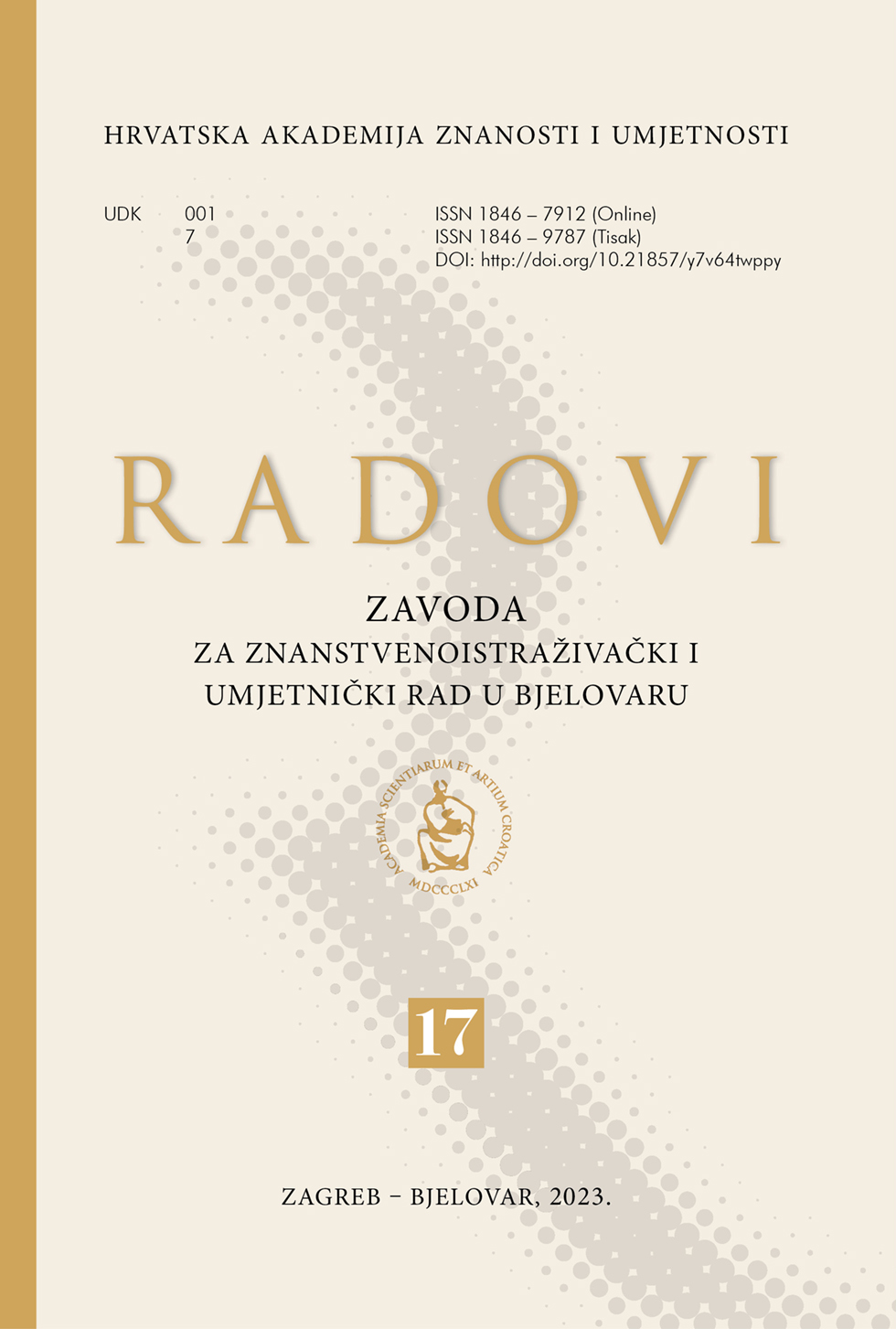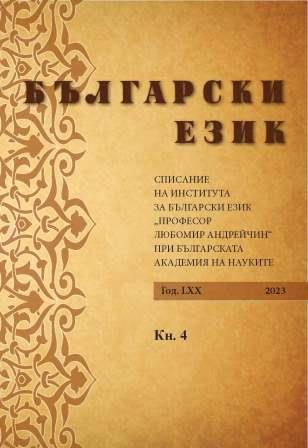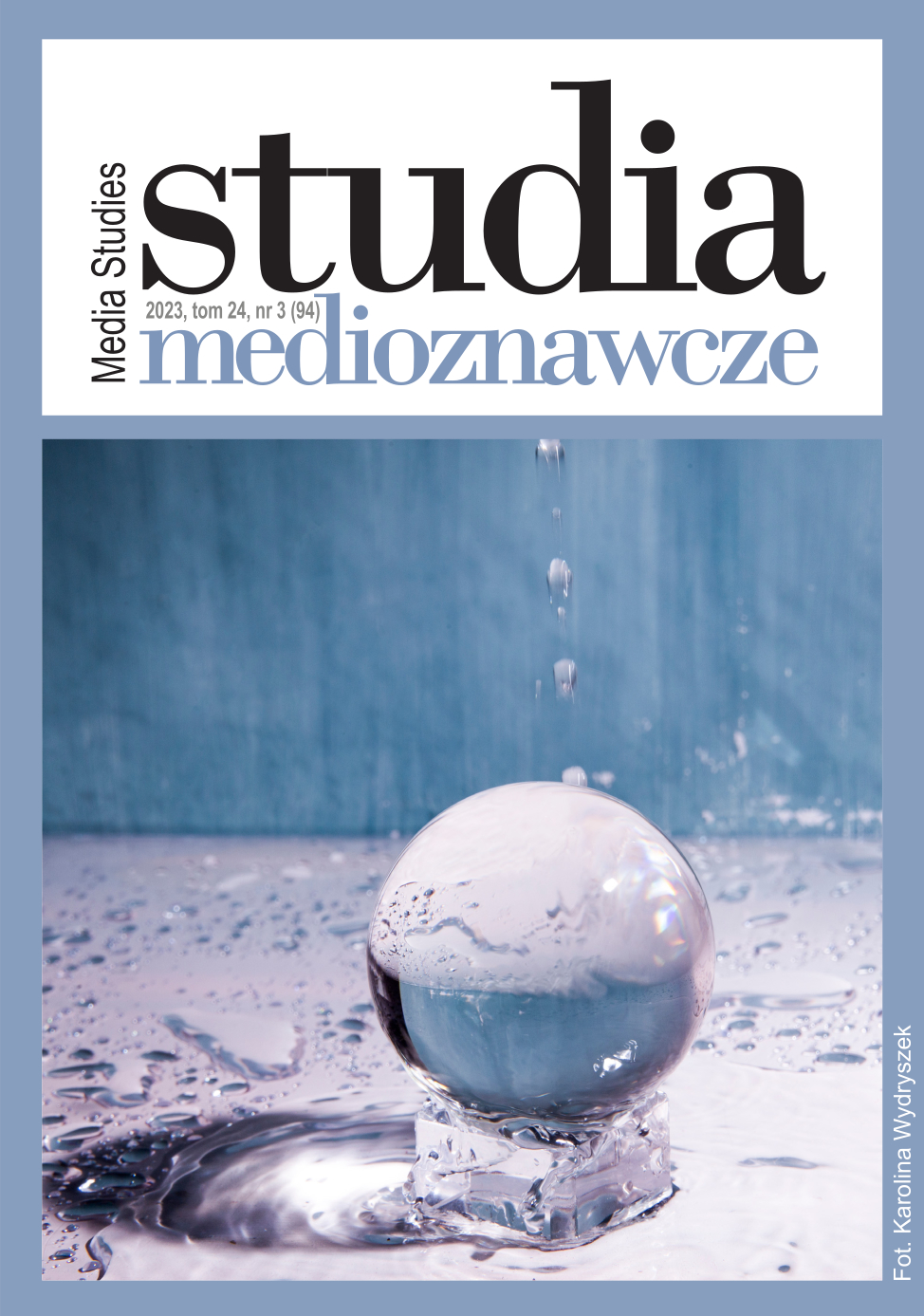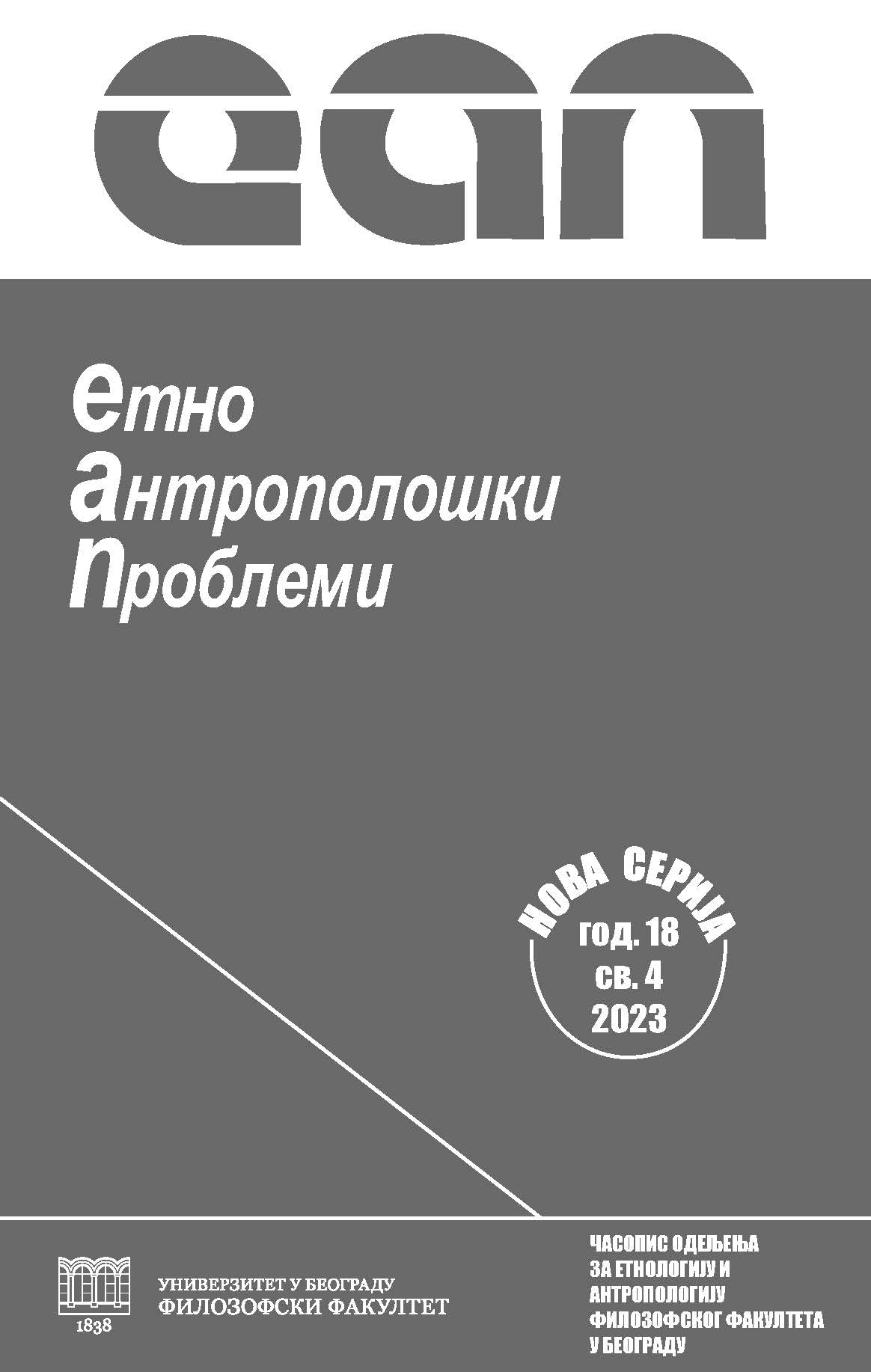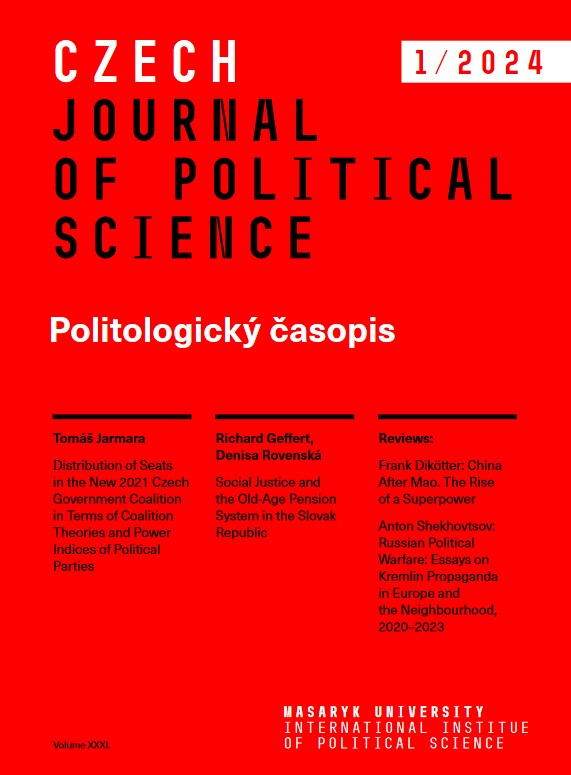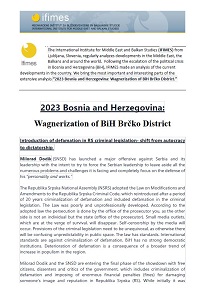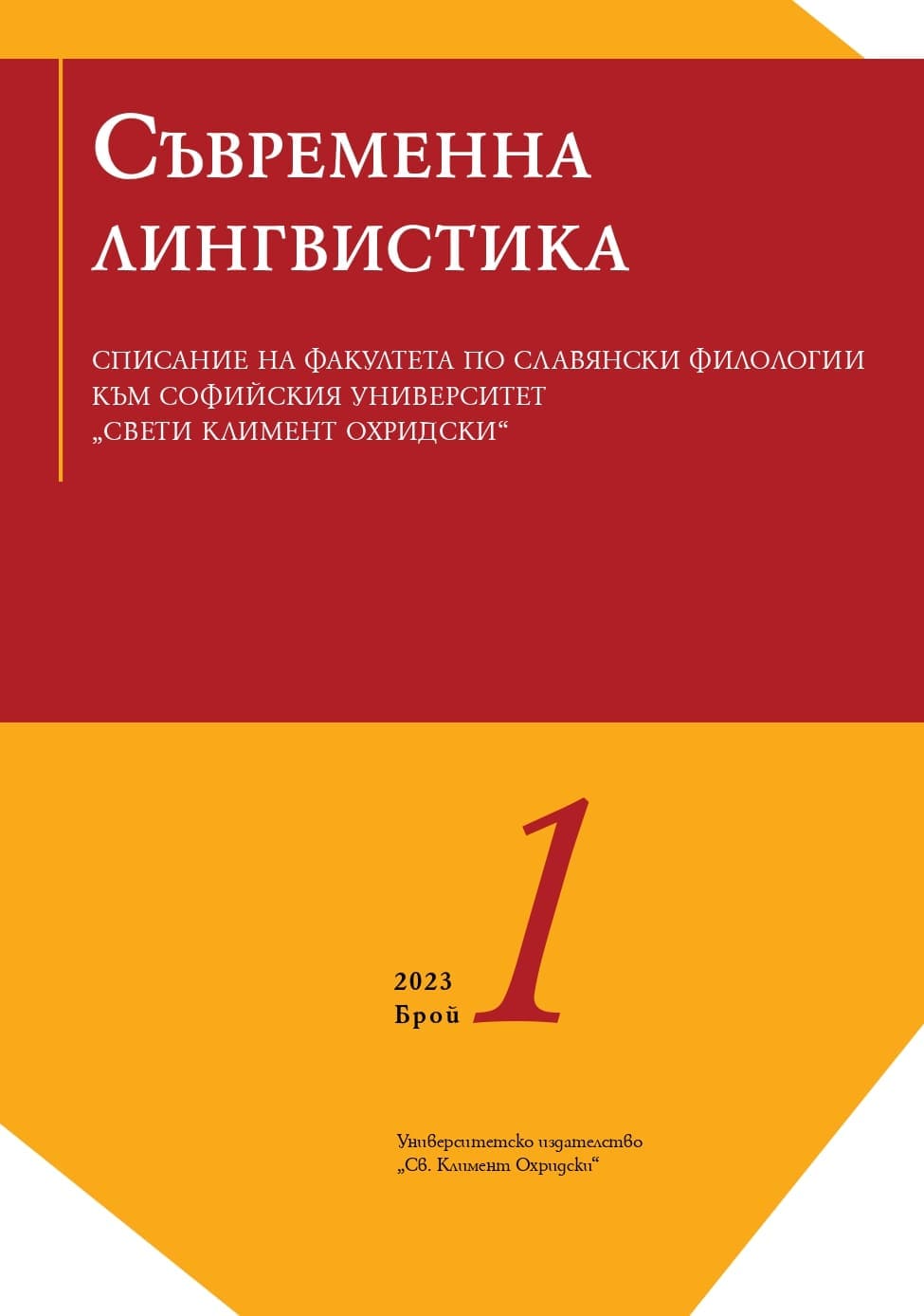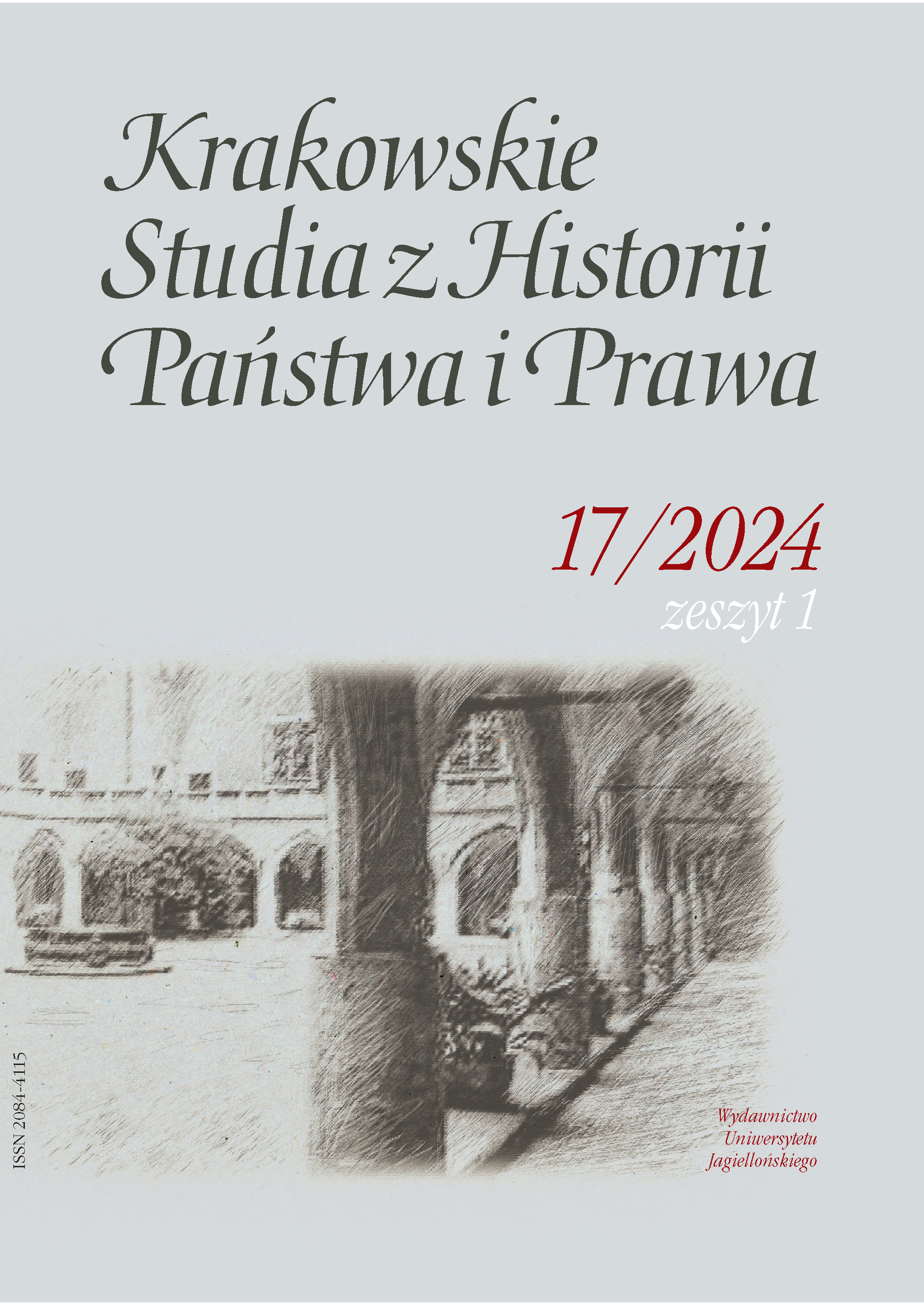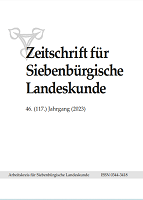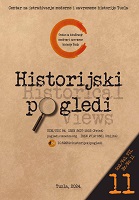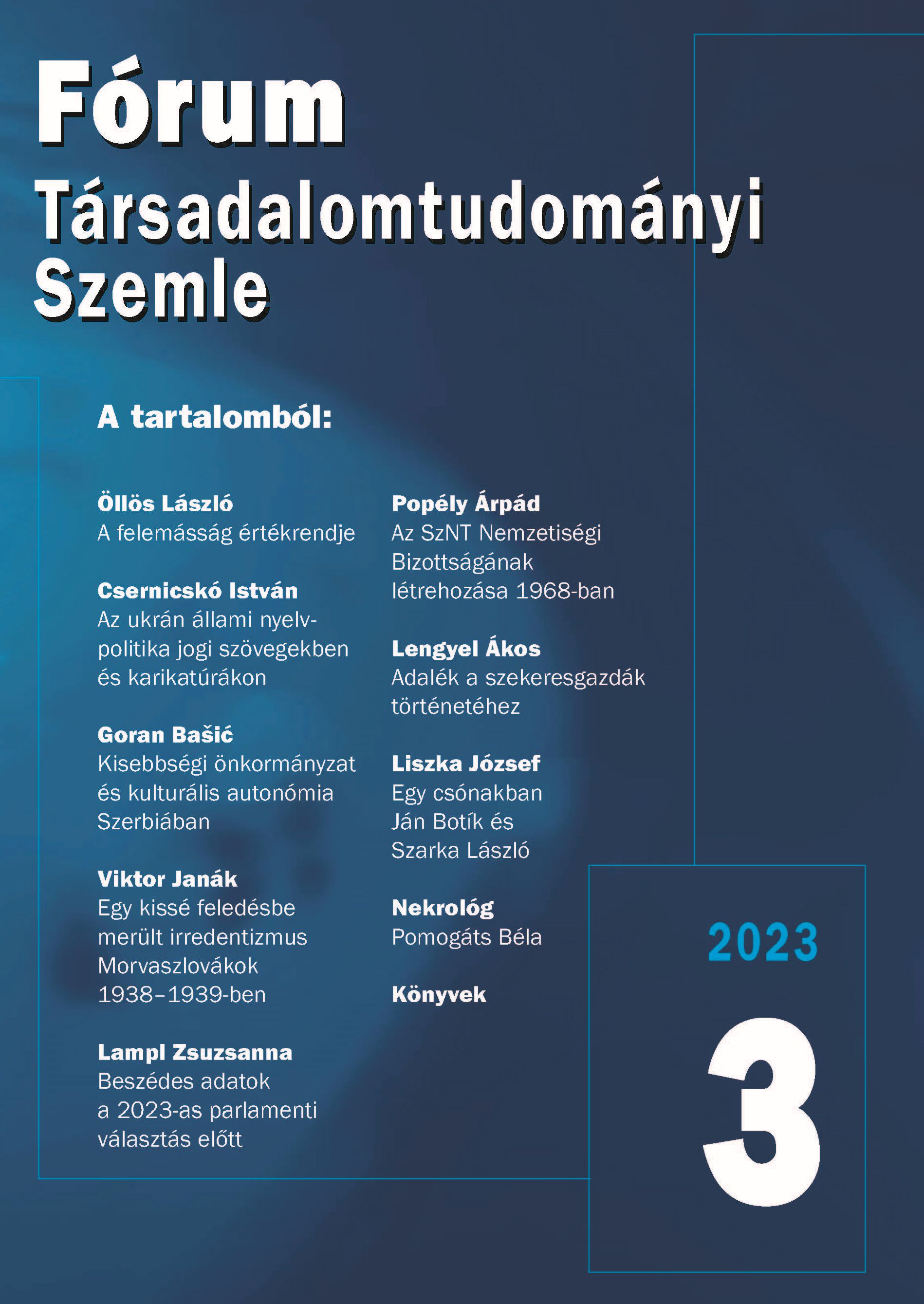
Telltale Data Ahead of the 2023 Parliamentary Election
Beszédes adatok a 2023-as parlamenti választás előtt
Keywords: Hungarians in Slovakia; electoral willingness; electoral participation in 2020; party preferences in 2023; electoral potential of politicians; voter profile
The study is based on the results of the author's survey conducted in February 2023.The sample of 1,051 respondents was selected from the roughly 400,000 Hungarian-speaking adult population of Southern Slovakia, using a quota sampling method, according to the following parameters: native Hungarian language, gender, age, education, district, county, settlement type. The paper shows that four out of five people follow political events. Two thirds of the respondents were dissatisfied with the Heger cabinet in power at the time of the survey, and only 8% were satisfied with the economic situation in the country. Three-quarters wanted early parliamentary elections. 67% would go to the polls, but past and present sympathy with a particular party greatly increases the propensity to vote, for example 93.7% of potential voters of the Alliance (Szövetség) and 83.7% of respondents of the Hungarian Forum (Magyar Fórum) would go to the polls. 59% of respondents said which party they would vote for, 41% did not. Half of the latter had not yet decided who they would vote for, 7% did not answer and 13% confirmed that they would not vote. Of those who chose a specific party, 58.3% would vote for the Alliance and 15.6% for the Hungarian Forum. Of the Slovak parties, Progresívne Slovensko (5.4%), Hlas SD (4.9%), Smer SSD (4.2%) and OĽANO (4.1%) would have received the most votes in February 2023. In addition to these topics, I discuss in detail the reasons for party preferences, the visibility and potential electorate of Hungarian and Slovak politicians in Slovakia, and finally I will outline the portrait of the voters of the Alliance and the Hungarian Forum.
More...
